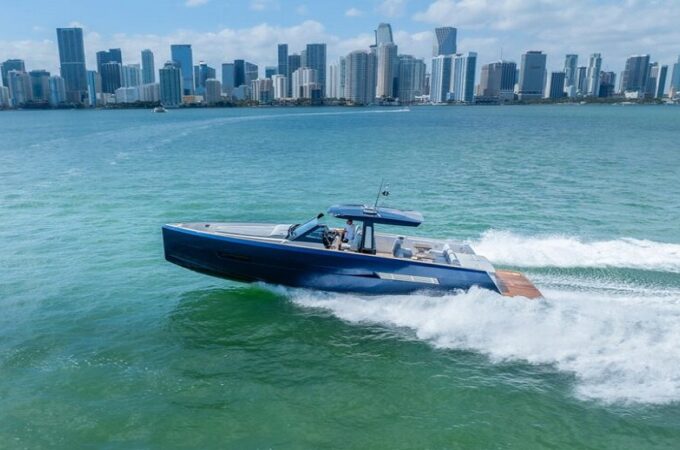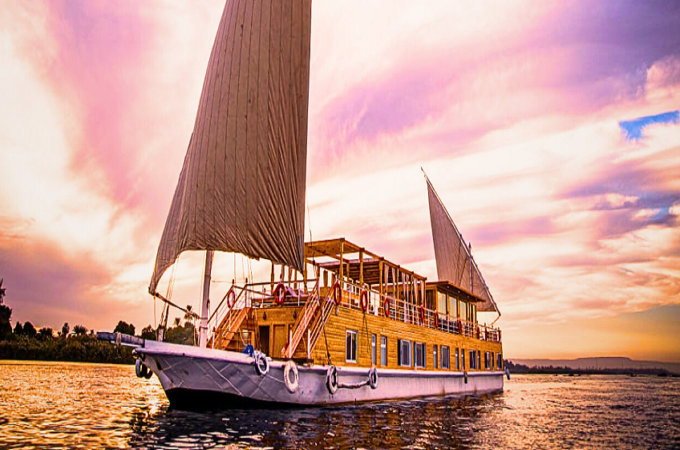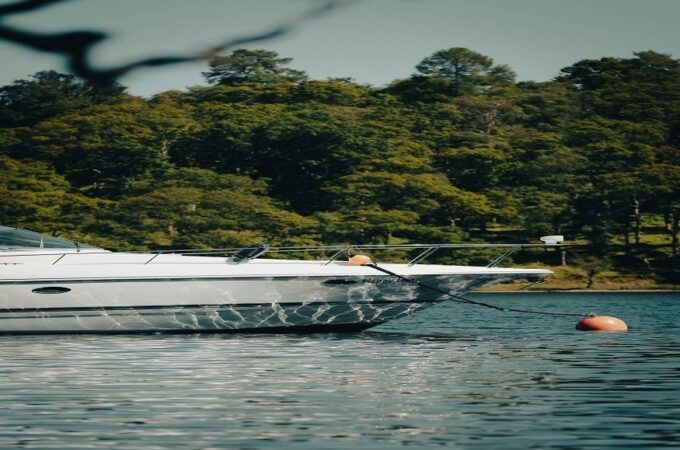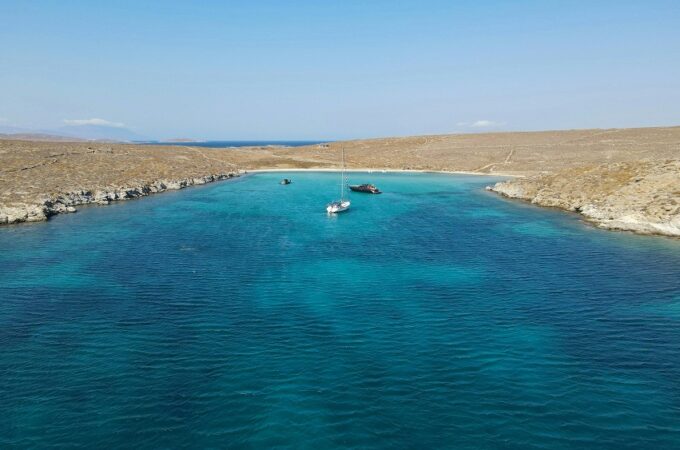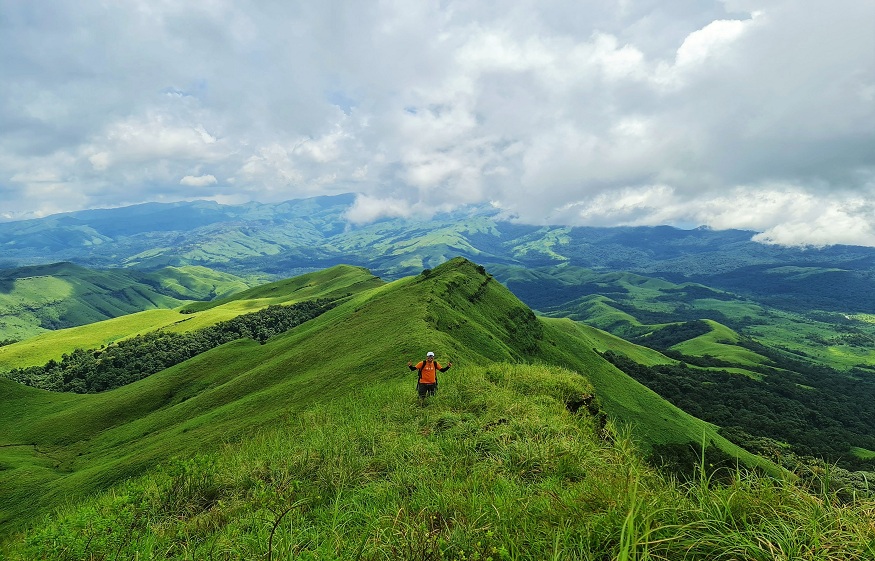
All About Langtang Valley Trek: Routes, Budget, and Tips:
The Langtang Valley Trek is one of Nepal’s best-kept secrets, offering breathtaking Himalayan landscapes, rich Tamang culture, and fewer crowds compared to the more commercialized treks like Everest Base Camp or the Annapurna Circuit. Situated close to Kathmandu, the Langtang region allows adventurers to immerse themselves in majestic mountain scenery, ancient monasteries, and traditional village life within just a few days of travel. For trekkers looking for an affordable Himalayan experience, the Trek to Langtang is an ideal choice that balances budget, adventure, and authenticity.
In this article, we’ll cover everything you need to know about the Langtang Valley Trek — including routes, budget tips, what to expect on the trail, and the Langtang Valley Trek price in detail.
Discovering the Langtang Valley Trek
The Langtang Valley Trek is a moderately difficult trail located north of Kathmandu in Langtang National Park. The region was severely affected by the 2015 earthquake but has since recovered, and trekking infrastructure has been rebuilt. The trek typically takes 7 to 11 days, depending on side trips and acclimatization, and reaches its climax at Kyanjin Gompa, a beautiful monastery village surrounded by towering peaks such as Langtang Lirung (7,227 m).
This trek is often called the “valley of glaciers” because of the abundant glaciers and icefalls visible along the trail. You’ll walk through oak and rhododendron forests, cross high-suspension bridges, and ascend through traditional Tamang and Tibetan-style villages, such as Lama Hotel, Langtang Village, and Mundu.
Langtang Valley Trek Route Overview
The Langtang Valley Trek usually begins with a jeep or bus ride from Kathmandu to Syabrubesi, the trailhead village. From there, the trek unfolds as follows:
Day 1: Kathmandu to Syabrubesi (1,470 m)
A 7-9 hour drive through hilly roads and scenic landscapes. Overnight at Syabrubesi.
Day 2: Syabrubesi to Lama Hotel (2,480 m)
A steep but scenic hike through forests of oak, maple, and bamboo. Possible wildlife sightings include red pandas and langurs.
Day 3: Lama Hotel to Langtang Village (3,430 m)
As the altitude increases, the forests begin to thin, and you’ll enter the valley proper. The views open up to snow-capped peaks.
Day 4: Langtang Village to Kyanjin Gompa (3,870 m)
A short trek with spectacular views and visits to ancient monasteries. You’ll arrive in a high-altitude valley surrounded by mountains.
Day 5: Acclimatization/Exploration Day at Kyanjin Gompa
Optional hikes include Kyanjin Ri (4,773 m) or Tserko Ri (4,984 m) for panoramic mountain views. Visit the local cheese factory and monastery.
Day 6: Kyanjin Gompa to Lama Hotel
Begin your descent, retracing your steps through Langtang Village and down to Lama Hotel.
Day 7: Lama Hotel to Syabrubesi
Return to Syabrubesi, marking the end of your trek.
Day 8: Drive Back to Kathmandu
Conclude your journey with a scenic return to the capital.
Optional additions include the Gosaikunda Lakes Trek or Tamang Heritage Trail, which can be added to create a longer Langtang region experience.
Trek to Langtang: What Makes It Special?
The Trek to Langtang is beloved for its unique combination of cultural immersion and natural beauty. While it doesn’t boast the same altitude as Everest or Annapurna, it more than makes up for it with solitude, serenity, and hospitality.
- Close to Kathmandu:
Langtang is the most accessible major trekking region from the capital. The shorter travel time saves both money and logistics. - Cultural Richness:
Langtang is home to the Tamang and Tibetan ethnic groups. Their culture is deeply rooted in Buddhism, which is evident in the prayer flags, mani walls, and ancient gompas dotting the trail. - Amazing Views:
The peaks of Langtang Lirung, Yala Peak, Dorje Lakpa, and Naya Kanga provide a stunning alpine backdrop, especially from Kyanjin Ri. - Wildlife and Forests:
As you hike through Langtang National Park, keep an eye out for red pandas, Himalayan thar, and a rich variety of birds. - Sustainable Tourism:
Langtang’s economy relies heavily on tourism, and choosing to trek here helps support the local communities still recovering from the earthquake’s devastation.
Langtang Valley Trek Price: What’s the Cost?
The Langtang Valley Trek is one of the most budget-friendly treks in Nepal, especially for independent trekkers. The total cost can vary depending on your travel style, whether you hire guides or porters, and how long you spend on the trail.
Here’s a breakdown of Langtang Valley Trek price:
1. Permit Costs
- TIMS Card (Trekkers Information Management System): $20 (Independent) / $10 (With agency)
- Langtang National Park Entry Permit: NPR 3,000 (≈ $22)
Total for permits: Approx. $32–$42 USD
2. Transportation
- Kathmandu to Syabrubesi Jeep (shared): $10–$15 one way
- Private Jeep (if preferred): $150–$200 one way
- Round trip shared transport: $20–$30 USD
3. Accommodation
- Teahouses/lodges cost between $5–$10 per night
- Total for 7 nights: $35–$70 USD
4. Food
- Three meals a day cost around $20–$30 per day, depending on location and choices.
- Total for 7 days: $140–$210 USD
5. Guide and Porter (Optional but recommended)
- Guide: $25–$30 per day (including food and accommodation)
- Porter: $20–$25 per day (can carry 20–25 kg)
Total for guide and porter over 7 days: $315–$385 (if you hire both)
6. Miscellaneous
- WiFi, hot showers, charging electronics: $10–$20 total
- Tips and snacks: $20–$30
Estimated Total Langtang Valley Trek Price:
- Independent Trekker (No guide/porter): $300–$400 USD
- With Guide and/or Porter (Moderate Comfort): $500–$700 USD
- Through Trekking Agency (All-inclusive package): $700–$1,000 USD
Note: Package treks often include permits, transport, food, lodging, and guide/porter support.
Tips for a Successful Langtang Valley Trek
To make the most of your Trek to Langtang, follow these practical tips:
- Train Before You Trek
While not extremely strenuous, Langtang is still a high-altitude trek. Build stamina with cardio, hikes, or gym training at least a month in advance. - Go in the Right Season
- Best seasons: Spring (March–May) and Autumn (September–November)
- Avoid: Monsoon (June–August) due to slippery trails and leeches; Winter (Dec–Feb) can be very cold and snowy.
- Dress in Layers
Temperatures can swing dramatically, so bring moisture-wicking base layers, a warm mid-layer, and a waterproof outer shell. - Stay Hydrated and Eat Well
Altitude affects appetite, but eating carbs and drinking 3+ liters of water daily helps with acclimatization. - Respect Local Culture
Langtang is deeply spiritual. Be respectful of monasteries, ask before photographing people, and dress modestly. - Be Prepared for Limited Connectivity
WiFi is available at some teahouses for a fee, but don’t expect high-speed internet. Bring power banks for charging devices. - Travel Insurance is Essential
Make sure it covers high-altitude trekking and emergency evacuation. Helicopter rescue is expensive without insurance. - Acclimatize Properly
Take your time ascending. A rest day at Kyanjin Gompa is essential, and side hikes like Tserko Ri can help adjust your body. - Bring Cash
There are no ATMs in Langtang. Bring enough NPR from Kathmandu to last the entire trek. - Go with a Local Agency
Booking through a reputable local trekking agency supports the local economy and ensures logistical support, especially if you’re new to Himalayan trekking.
What to Pack for Langtang Valley Trek
- Warm sleeping bag (-10°C recommended)
- Down jacket and fleece
- Trekking boots and socks
- Gloves, hat, and neck gaiter
- Sunglasses and sunscreen
- Trekking poles
- Water purification tablets
- Toiletries and first-aid kit
- Snacks and energy bars
- Power bank and headlamp
Final Thoughts: Why Choose the Langtang Valley Trek?
The Langtang Valley Trek is a perfect blend of affordability, authenticity, and natural beauty. It’s less commercialized, which offers a more genuine Himalayan experience. For budget-conscious travelers or those looking to avoid the busier Everest and Annapurna regions, Trekking to Langtang offers stunning views, welcoming culture, and a rewarding challenge without breaking the bank.
Whether you’re a solo trekker seeking serenity, a couple looking for cultural depth, or a beginner testing the Himalayan trails, Langtang is a hidden gem that continues to inspire and heal. And best of all, it does so affordably.
FAQs
- How difficult is the Langtang Valley Trek?
It’s a moderate trek. Good fitness is recommended, but no technical climbing is required. - How long is the Langtang Valley Trek?
Typically 7–11 days, depending on side trips and pace. - Do I need a guide or porter?
Not mandatory, but recommended for safety and cultural insight. - Is the Langtang Valley safe after the 2015 earthquake?
Yes, the area has been rebuilt and is safe for trekking. - Can I combine Langtang with other treks?
Yes, you can add the Tamang Heritage Trail or Gosaikunda Trek for a longer adventure.

